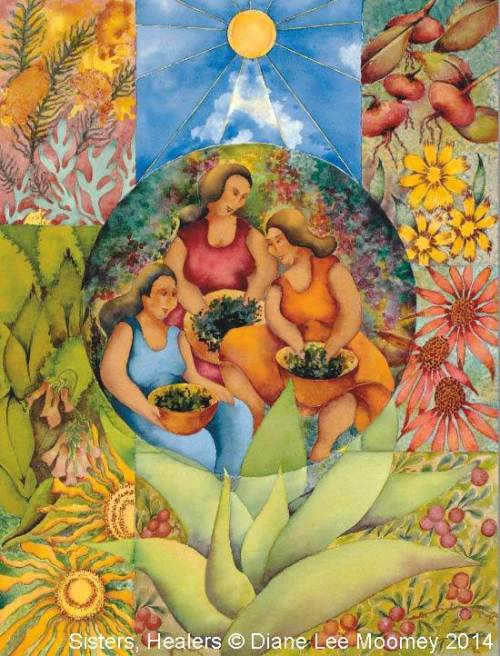 The crafting of a life is an epic journey, the story of which has been told around the world for as long as we have memory. For the ancient Nile dwellers, survival was exquisitely poised on the banks of that great river, where the mysterious flood arose each year, bringing new fertility to all the land. This is the time of year when the flood used to peak. But the Egyptians also carried the understanding of how this life is linked to the next one, the deep mysteries of life, death, rebirth and new, transformed life.
The crafting of a life is an epic journey, the story of which has been told around the world for as long as we have memory. For the ancient Nile dwellers, survival was exquisitely poised on the banks of that great river, where the mysterious flood arose each year, bringing new fertility to all the land. This is the time of year when the flood used to peak. But the Egyptians also carried the understanding of how this life is linked to the next one, the deep mysteries of life, death, rebirth and new, transformed life.
The story of those mysteries comes to us from numerous writings preserved in the royal tombs and temples: the Book of Going Forth By Day; the Book of Gates; the Book of Caverns, the Amduat, and several other afterlife texts. Each of them is a variation on the 12-hour journey of the sun through the netherworld, or Duat. Each hour requires passage through a gate, each hour is a stage of personal transformation for the soul. The journey culminates with the re-emergence of the sun - the transformed life - in the brilliant light of dawn. In ancient times, priests of the temple played the role of the gods in the story, as well as reciting and chanting praises and prayers. We know many of these today through the so-called Book of the Dead.
Traces of the Egyptian mysteries were preserved in the books known as the Hermetica, and the process shows up again in the work of the medieval alchemists. Our ceremony tonight is based on the Book of the Night, found in the Osireion at the Temple of Sety in Abydos. The goddess Nut, with her lapis-blue star-spangled body, spans the ceiling of a transverse chapel of the Osireion. There we see the sun in its solar boat beginning the journey through her body.
The afterlife books are filled with layer upon layer of myth and meaning, hundreds and hundreds of years of allegory and symbolism. Sometimes the dying and reborn god is Ra, and sometimes Osiris; the goddess may appear as Hathor or as Sekhmet. Sometimes the goddess Maat is the divine woman wearing a feather on her head, and sometimes maat is the abstract principle of truth, justice, balance, right living. But the central figure is the soul of the dead, whom we will here call Ani, navigating through the dark in the solar boat. Whether a pharaoh or one of us, that soul begins the afterlife journey at the death of its physical body, is rebirthed in the Duat, and emerges as Horus, the powerful shining one who soars like a hawk across the daytime sky.
As we embark on another cycle through the dark time of the year, may your journey bring you to the eastern gates, transformed into an akh, a shining one.







 We open this morning with words from the sacred Egyptian text called the Book of Coming Forth By Day:
We open this morning with words from the sacred Egyptian text called the Book of Coming Forth By Day: The crafting of a life is an epic journey, the story of which has been told around the world for as long as we have memory. For the ancient Nile dwellers, survival was exquisitely poised on the banks of that great river, where the mysterious flood arose each year, bringing new fertility to all the land. This is the time of year when the flood used to peak. But the Egyptians also carried the understanding of how this life is linked to the next one, the deep mysteries of life, death, rebirth and new, transformed life.
The crafting of a life is an epic journey, the story of which has been told around the world for as long as we have memory. For the ancient Nile dwellers, survival was exquisitely poised on the banks of that great river, where the mysterious flood arose each year, bringing new fertility to all the land. This is the time of year when the flood used to peak. But the Egyptians also carried the understanding of how this life is linked to the next one, the deep mysteries of life, death, rebirth and new, transformed life.










